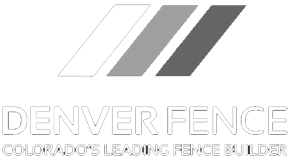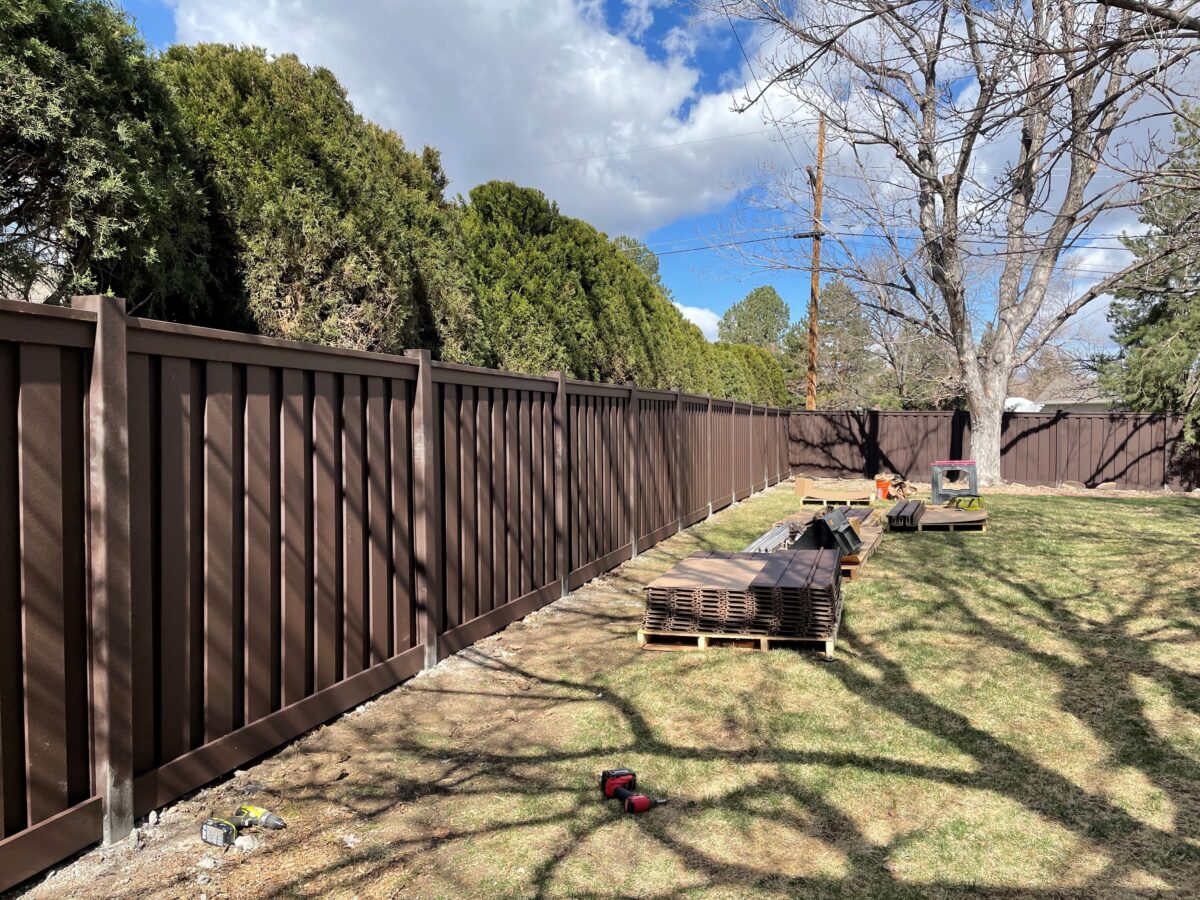Trex® Fencing vs Wood Fence: More Affordable Than Ever
If you’ve been following the news, you may know that lumber prices went sky-high in the last year or so. This was mainly due to pent-up demand once the COVID-19 vaccinations came out and people started trying to get their lives back to normal. That increased demand, along with a labor shortage, sent prices soaring.
Higher lumber prices have many homeowners and businesses rethinking what material to use for their deck or fence. Today, we’re going to look at how the cost of Trex® Fencing compares to a wood fence. Let’s get started.
Understanding the Different Materials and Upfront Costs
Everyone knows a wood fence is made from, well, wood. Even with lumber prices as high as they are, you may pay a lower upfront cost to have a wood fence installed. But with high lumber prices, the difference between the cost of wood and Trex® fencing is smaller than ever before.
Trex® fencing is a manufactured composite fence material. The company first introduced composite decking materials in 1996, and followed with fencing materials in 2005. Trex makes its composite fencing and gates from a blend of 95% recycled wood fiber and plastic.
Understanding Lifetime Costs
Here’s where the cost of the two types of fencing changes. The lifetime cost of a Trex® fence will be lower than that of a fence made with pressurized lumber. Here’s why:
Wood Fence Costs are Higher
A wood fence is subject to warping, rot, popped nails, and insect damage. This means you have to pay for fence repair such as replacing individual pickets or fence posts, or entire panels.
Wood also needs to be painted or stained every few years to keep it looking decent. Do you do it yourself or hire someone? It’s another added cost.
Trex® Fencing Cost is Lower
Because it’s composite fencing, Trex® is more durable than wood. Here’s why:
• It will never rot.
• It will never splinter.
• Insects can’t damage it.
• You never have to stain or paint it.
• It resists fading.
• It stands strong against Colorado’s Chinook winds, withstanding 130 MPH sustained winds and 147 MPH gusts.
In our opinion, Trex® fencing is far superior to a wood fence, and looks better, as well. Some attractive features of a Trex fence:
• Same look on both sides (no “ugly” side of the fence)
• Picture frame with board-on-board design
• Interlocking pickets mean no mid rail
• 3 natural colors
One last thing – Trex® fencing is supremely eco-friendly. It uses 95% recycled materials (wood and plastic). That’s great news for the planet! And if yours is a commercial project, you should know that Trex products are LEED Certified.
RELATED READING
How to Get the Fence Installation You Deserve
Get a Quote on Trex® Fencing Installation
If you’re torn between a wood fence and a Trex® fence, schedule a fence installation quote for each type of fencing material. You may find the slight difference in pricing makes a composite fence more affordable than you thought. Just call us at (720) 418-8194.
You can also fill out the contact form and we’ll get back to you by the next business day. We serve residential and commercial clients throughout the Denver metro area, including Lakewood, Wheatridge, Arvada, Littleton, Golden, and surrounding areas.

